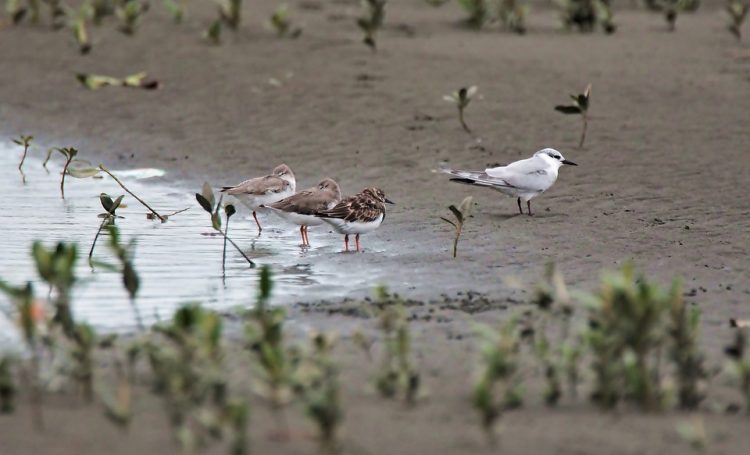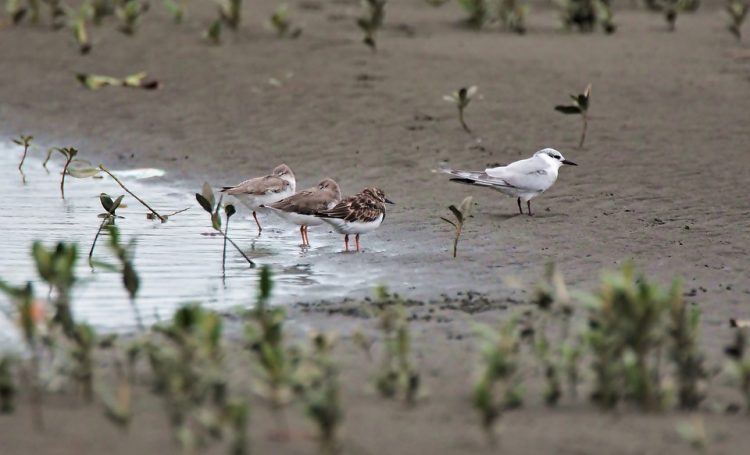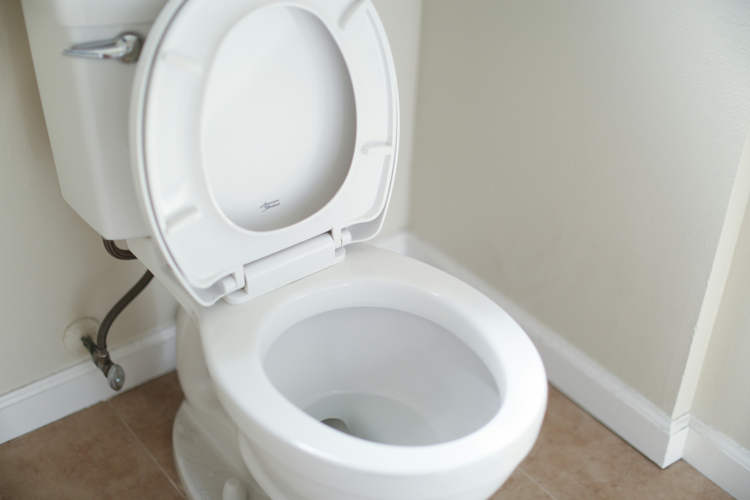Wildlife experts in India are trying to make sens of the mysterious deaths of thousands of birds near the country’s largest inland lake. While the reported death toll is currently around 2,000, locals claimed that it could reach 5,000, as carcasses allegedly cover an area stretching from 12 to 15 km around the lake.
Sambhar Lake, 80km south-west of the city of Jaipur, is India’s largest inland lake and a popular gathering place for migratory birds like flamingos, storks, sandpipers, redshanks, black-winged stilts, among dozens of species. Last Sunday, however, locals alerted authorities that the lake shoreline had become an eerie graveyard for thousands of birds, with only a few dozen still left alive as far as the eye could see. There were reportedly so many bodies that when people first saw them, they mistook them for piles of cow dung, but it didn’t take them long to realize that they were really bird carcasses from more than 10 species.

Photo: vinsky2002/Pixabay
“We have never seen anything like that. Over 5,000 birds died mysteriously all over the place,” 25-year-old Abhinav Vaishnav, a local bird-watcher told India Today.
At this point, mo one really knows what killed all these birds. There are several theories being thrown around by environmentalists and animal activists, but as far as conclusive evidence of a certain cause, everyone is drawing a blank. Some claim that a hail storm that hit the area last week could be responsible for the deaths, while others claim that pesticide-laden seeds in a nearby field may have killed them, and some suspect it could be a contagious diseases.
“I have never seen such a thing in 40 years of my service in the forest department,” said Ramesh Chandra Daroga, a local working with the forest department. “First I thought it could be because of the hail, but that occurs every year. There is no chemical waste in this water either.”
For now, water contamination seems to be the most likely cause of death for the thousands of birds, but no one can say for sure until scientists run some tests. Some of the carcasses have been sent to a laboratory in Bhopal for further examination. In the meantime, locals are busy collecting the bodies and burying them in deep pits dug near the water.













